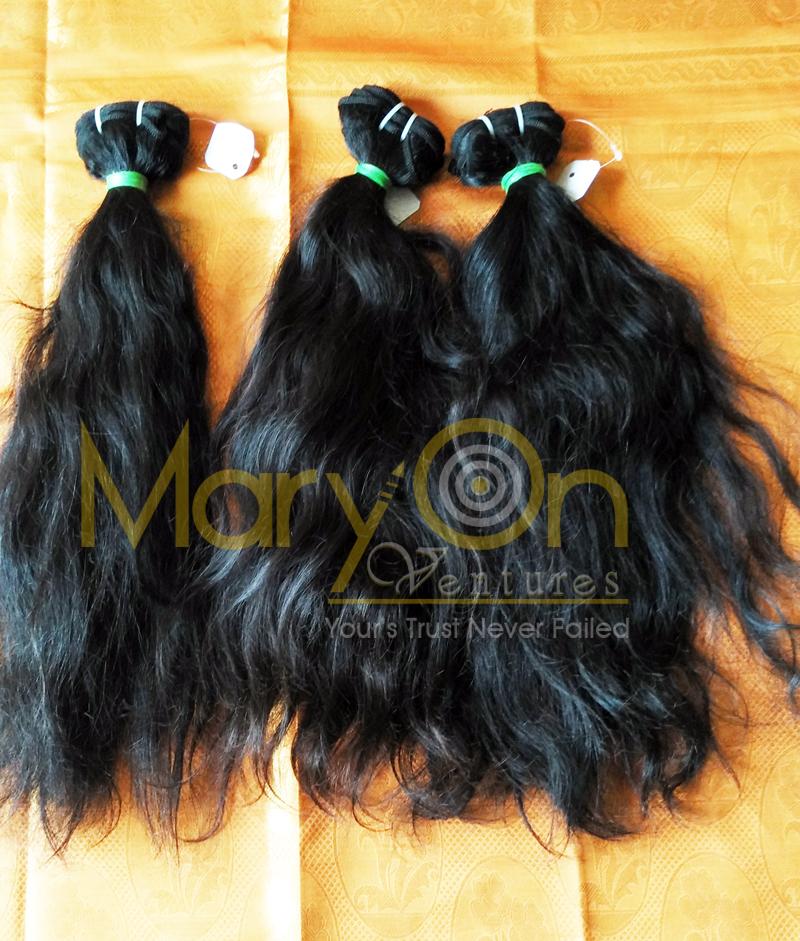The Debate Over Hair Extensions and Sustainability
In an age where fashion and environmental consciousness are increasingly intertwined, the world of beauty finds itself at a crossroads, grappling with the delicate balance between personal expression and ecological responsibility. Hair extensions, a staple of modern hairstyling that offers endless possibilities for transformation, have become the latest focal point in this ongoing dialogue. As consumers become more aware of their environmental footprint, the debate over the sustainability of hair extensions intensifies, prompting industry insiders, environmentalists, and fashion enthusiasts alike to reconsider their stance. This article delves into the multifaceted world of hair extensions, exploring the ethical implications, environmental impacts, and innovative solutions that could shape the future of this beloved beauty accessory. Whether you’re a seasoned stylist, a sustainability advocate, or simply curious about the origins and implications of your luscious locks, join us as we unravel the threads of this complex conversation.
Understanding the Environmental Impact of Hair Extensions
When examining the ecological footprint of hair extensions, it’s crucial to consider both the source of the hair and the manufacturing process. Natural hair extensions, often made from human hair, can involve ethical concerns such as exploitation and lack of transparency in sourcing. Conversely, synthetic hair extensions are typically made from plastic fibers, contributing to environmental degradation due to their non-biodegradable nature. The production of synthetic fibers also involves significant chemical processes that can lead to pollution.
To foster sustainability in this industry, consumers and manufacturers alike can take several steps:
- Choosing ethically sourced hair: Look for brands that are transparent about their sourcing and support fair trade practices.
- Opting for recycled materials: Some companies offer extensions made from recycled synthetic fibers, reducing waste.
- Supporting eco-friendly brands: Brands committed to sustainable practices, such as using eco-friendly packaging and reducing carbon emissions, can make a positive impact.
By becoming more informed and making conscientious choices, we can enjoy the beauty of hair extensions while minimizing their environmental impact.

Exploring Sustainable Alternatives in the Hair Extension Industry
The conversation surrounding hair extensions is evolving, with a growing focus on sustainable practices that aim to reduce the environmental impact of this popular beauty accessory. As consumers become more eco-conscious, the industry is responding with innovative solutions. One approach gaining traction is the use of ethically sourced human hair, ensuring fair trade practices and transparency in the supply chain. This not only supports the livelihood of hair donors but also offers a more natural and durable product.
In addition to sourcing, biodegradable and recyclable materials are being explored for packaging and production processes. Brands are experimenting with alternatives like plant-based polymers and reusable packaging to minimize waste. Here are some key sustainable alternatives being considered in the industry:
- Ethically sourced human hair – Promoting fair trade and transparency.
- Synthetic hair made from recycled materials – Reducing plastic waste.
- Biodegradable packaging – Utilizing materials that break down naturally.
- Recyclable or reusable hair extensions – Encouraging a circular economy.
These efforts reflect a broader commitment to sustainability, highlighting the potential for positive change within the beauty industry. By embracing these alternatives, both producers and consumers can contribute to a more environmentally friendly future.

Evaluating Ethical Sourcing Practices for Hair Extensions
When delving into the world of hair extensions, it’s crucial to consider the ethical sourcing practices behind these beauty products. This involves examining the journey of hair from donor to consumer, ensuring that every step respects human rights and environmental standards. A growing number of companies are committing to transparency by tracing the origin of their hair sources, offering certifications, and fostering fair trade practices. Yet, the industry is still plagued by concerns over exploitation and inadequate compensation for donors, often from vulnerable communities.
- Transparency and Traceability: Ensuring hair origins are documented and traceable.
- Fair Compensation: Providing adequate payment and conditions for hair donors.
- Environmental Impact: Minimizing the ecological footprint of production and distribution.
- Community Support: Investing in donor communities to promote sustainable livelihoods.
In this landscape, consumers play a pivotal role by demanding more information and making informed choices. Supporting brands that prioritize ethical sourcing can lead to positive changes across the industry, encouraging others to follow suit. Ultimately, the goal is to cultivate a market where beauty does not come at the cost of integrity or the well-being of individuals and their environments.

Practical Tips for Choosing Eco-Friendly Hair Extensions
When selecting hair extensions that align with your eco-conscious values, it’s essential to consider both the materials and the production processes involved. Opt for natural fibers such as human hair, which is biodegradable and often comes from ethical sources. Avoid synthetic options made from plastic or non-renewable resources that contribute to environmental degradation. Check for certifications that ensure the hair is sourced responsibly, such as Fair Trade or other recognized eco-labels.
- Research the brand’s sustainability practices: Many companies now offer transparency reports detailing their commitment to ethical sourcing and environmental stewardship.
- Consider the longevity of the product: Choose extensions that are durable and maintain their quality over time, reducing the need for frequent replacements.
- Support brands with eco-friendly packaging: Look for companies that use recycled or minimal packaging to further reduce your carbon footprint.
By making informed choices, you can enjoy the benefits of hair extensions while minimizing your environmental impact.
The Way Forward
As we reach the end of our exploration into the complex world of hair extensions and sustainability, it’s clear that this conversation is far from over. The strands of debate weave through a tapestry of environmental concerns, cultural significance, and personal expression. As consumers become more conscious of their ecological footprint, the demand for sustainable practices in all aspects of beauty, including hair extensions, continues to grow.
While innovations in eco-friendly materials and ethical sourcing offer promising pathways, the industry still faces significant challenges. It is up to both producers and consumers to drive change, demanding transparency and accountability at every step of the process. As we move forward, perhaps the most important takeaway is the power of informed choice—recognizing that each decision contributes to the broader narrative of sustainability.
In this ever-evolving dialogue, let us keep questioning, innovating, and striving for a balance that respects both personal style and the planet. After all, the true beauty of hair extensions lies not just in their ability to transform our appearance, but in their potential to reflect our values. As we look to the future, may we all be inspired to tread lightly, with both style and sustainability in mind.


